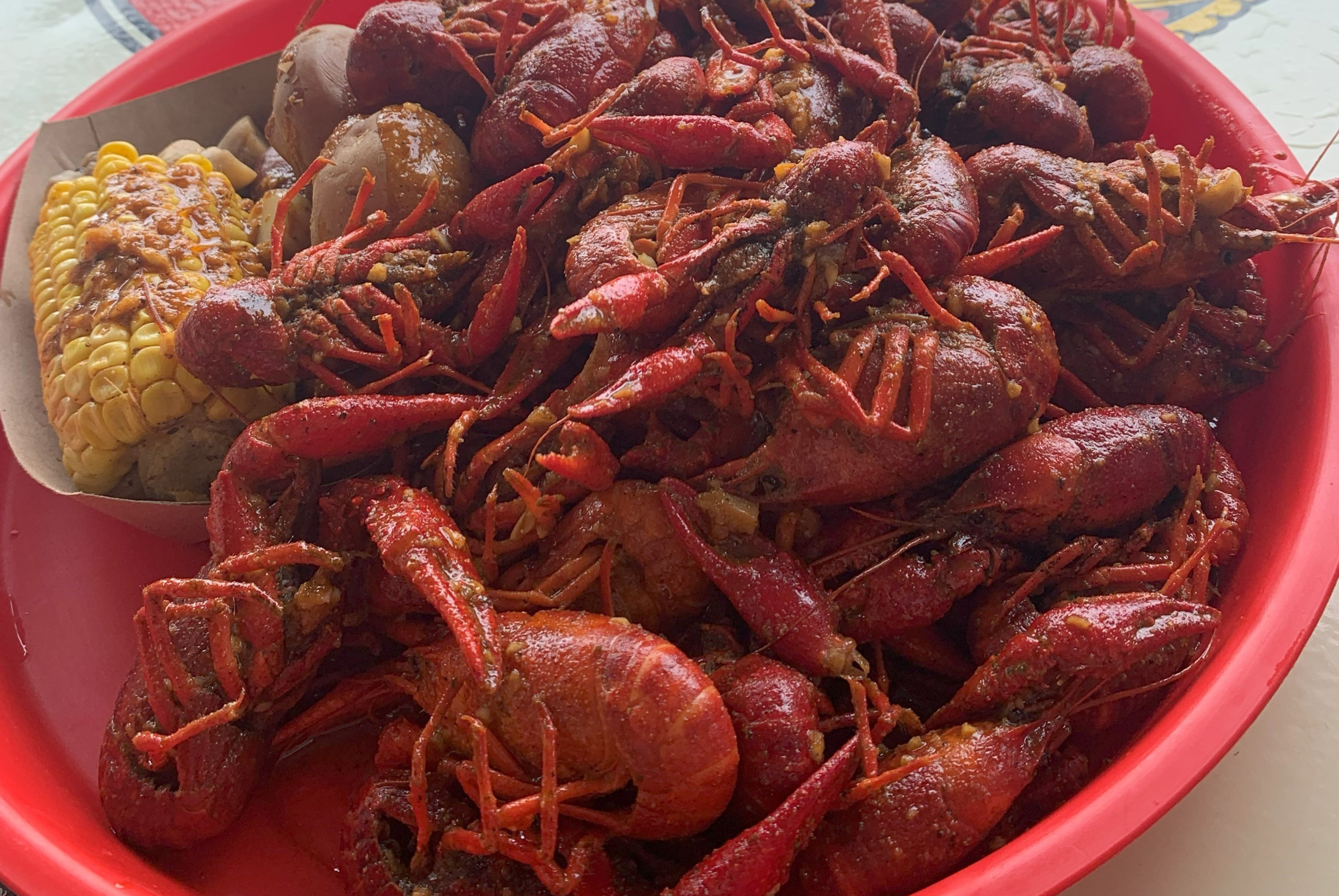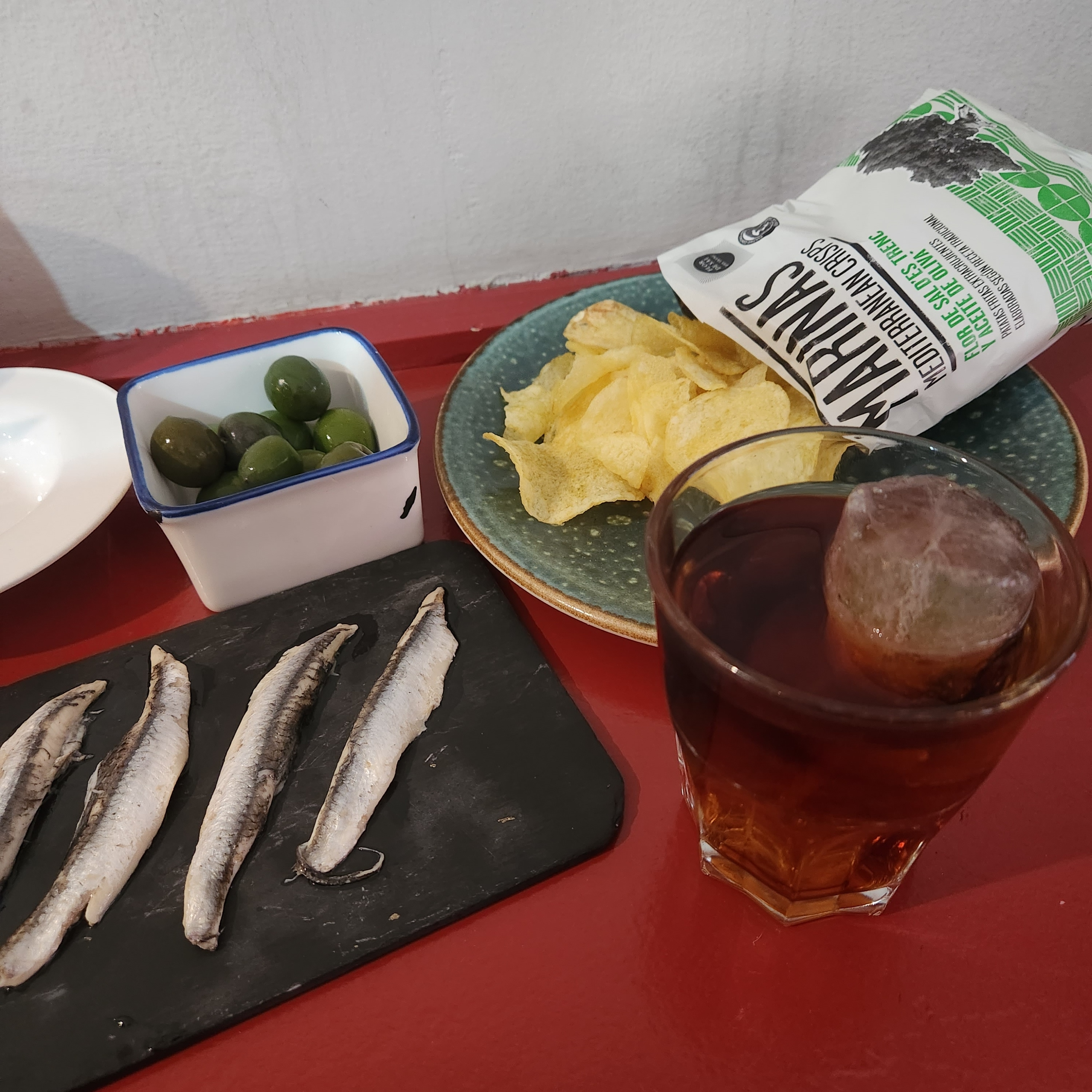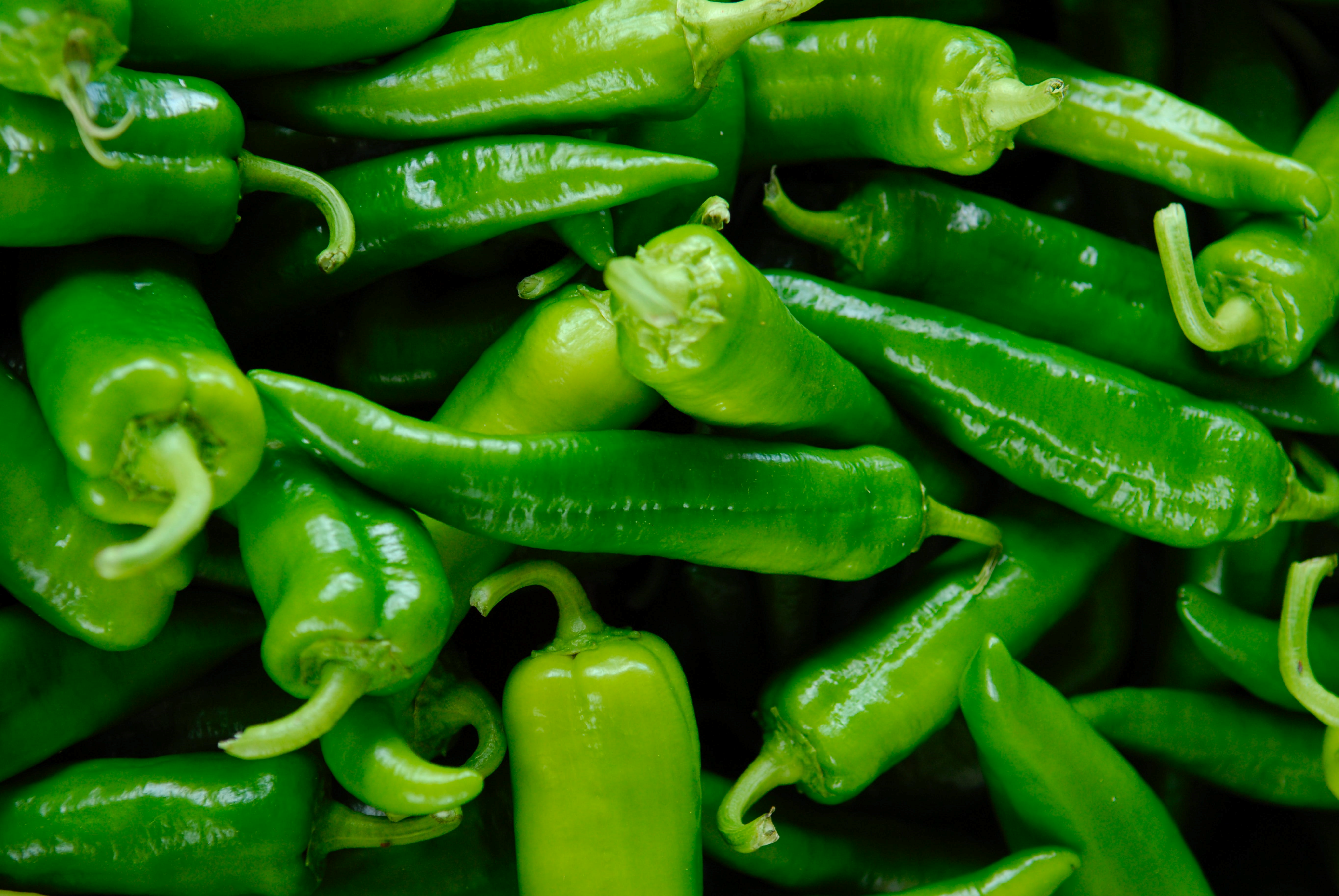Food and Culture
Experiencing culture through food
Momostenango, Guatemala
Momostenango is a town in the department of Totonicapán in Guatemala. When I lived in Momostenango, I was exposed to different foods and cultural practices. One of my favorite foods I had while living there was pan mojado (wet bread) with atol blanco (a white hot cornmeal drink). Pan mojado and atol blanco are prepared and consumed during holy week (Semana Santa).
What makes pan mojado special is the syrup that is poured over the baked bread.The syrup is made up of lime leaves, cinnamon, anis, white and black panela (a raw sugar with a rich caramel-like flavor). The bread itself can be bought at the local bakeries. The atol blanco is made up of cornmeal and a fusion of cacoa and sapodilla seeds. It isn't a sweet drink, so its flavors balance out the sweetness from the pan mojado.
During Semana Santa, you see people of the community stopping by homes of their neighbors, friends and family to give them pan mojado with atol blanco. One exchange could last could last for hours, depending on who you were visiting, because this custom encourages people to spend time together and catch up on family news and community gossip. My host family explained that for many people, Semana Santa is used to reflect on their sins, ask for forgiveness and give to those in need. A way the community would give those in need was through gifting pan mojado and atol blanco.
The message surrounding pan mojado and atol blanco is community and family unity. It's a wonderful piece of food culture nestled in the celebration of Semana Santa that makes the whole experience all the more meaningful.

Photo credits: David Alvarado
United States
Three states I've lived in
New Mexico is known as the land of enchantment and nothing is more enchanting than hatch chile season. The season starts around the first of August and goes till the end of September.
During the season, local vendors and grocery-chain stores are roasting hatch chiles and hosting roasting competitions. The air is filled with spice and with the desert heat the aroma is intensified. With roasted hatch chiles, the cuisine possibilites are endless.
When I lived in Las Cruces, roasted hatch chiles were used to make chile rellenos (fried chiles filled with oaxaca cheese), along with being added to frozen custurd, cream corn, popcorn, sweet jelly and peach pie to name a few. When it's not hatch chile season, the chile makes an appearance as holiday ornaments, house decorations and parade float decorations.
A person can spend a week in New Mexico and quickly learn that the Hatch chile is not only a part of the New Mexican food culture, but a part of the New Mexican identity.
If you happen to be in the state of Wisconsin on a Friday afternoon or evening, I gaurantee you will find multiple bars and diners offering fish-fry specials.
Fish-fry Friday began when Polish and German catholic immigrants arrived in Wisconsin in the 1860s. As practicing Catholics, they would eat fish instead of warm-blooded animals on Fridays. When the Church changed their rules of abstaining from warm-blooded animals every Friday to just Fridays during Lent, the practice had already cemented itself as tradition.
Apart from the Catholic Church, the Prohibition era contributed to the evolution of fish-fry Fridays. Bars in Wisconsin struggled to keep their businesses afloat and started selling fish plates with sides. Even after the Phohibition ended, Wisconsin bars continued to sell fish plates as part of their Friday menu.
What does a typical fish-fry Friday meal consist of? There needs to be beer-battered and deep-fried fish, usually perch, cod, walleye, haddock or bluegill, served with potatoe pancakes or french fries, a side of coleslaw, lemon wedges and tartar sauce.
After a long work week, going out for fish-fry on Fridays is a way for friends and family to say good-bye to the week and welcome the weekend. Especially during the long cold winter months, when its tempting to stay in the warm indoors, fish-fry Fridays give people a reason to leave the home.
Texas

Photo credits: K. Vanessa Iwen
Texas is known for its barbeque, but while living in Houston, I discovered that crawfish season is just as important. Crawfish season starts as early as Janaury and can last up until the beginning of July. With the peak months being February through April.
Crawfish has been an integral part of southern cuisine since the Cajuns from French Canada and Creoles from Haiti settled in western Louisiana in the 1700s. This lobster-like crustacean was originally considered a poor man's food and was eaten during Lent as a way to abstain from warm-blooded animals. The popular method of preparation was through boiling in a large pot because, families and friends would come together in big groups to celebrate Easter and share the meal.
A crawfish boil consists of boiling crawfish with potatoes, corn, Cajun seasonings, and more in a large container. Its not a meal that you eat with utensils so lots of napkins are important to have on hand.
Present day, eating crawfish has evolved from just being an acceptable food to have durning Lent to being a celebration all on its own. Crawfish season is time for crawfish boil competitions, family gatherings and social outings. In Houston, you can find bars and restuarants offering crawfish specials along with live bluegrass and jazz music. It is a part of Houston food culture that is difficult to miss.

Photo credits: K. Vanessa Iwen
Barcelona, Spain
I have been living in Barcelona for over a year and an alcoholic drink I have been learning about is vermouth. Vermouth is a white wine that is infused with spices like cardamom, cinnamon and cloves. It is left to age in barrels and with time develops a dark, rich color. Vermouth is usually served with a cube of ice and an orange wedge. It's an aromatic cold drink with a semi-sweet flavor, almost like a mulled-wine.
Vermouth is unique because it is not only a noun, but a verb. To drink vermouth is one thing, but to go vermouthing is something different. The act of vermouthing involves going out with friends and/or family to a bar or cafe on a Sunday afternoon and ordering vermouth with savory side dishes. The types of savory side dishes can vary, but the most common I have experienced are olives, vineger chips and anchovies.
Vermouthing is a social experience that has been resurging in popularity, especially amoung younger people. Traditionally, vermouth was considered an old man's drink that was drinken before or after Sunday church service. While not everyone attends Sunday church services, the tradition of vermouthing still continues amoung young and old alike. This tradition has been enjoyable to particpate in because brings friends and family together outside of their homes to relax before the busy work week begins.

